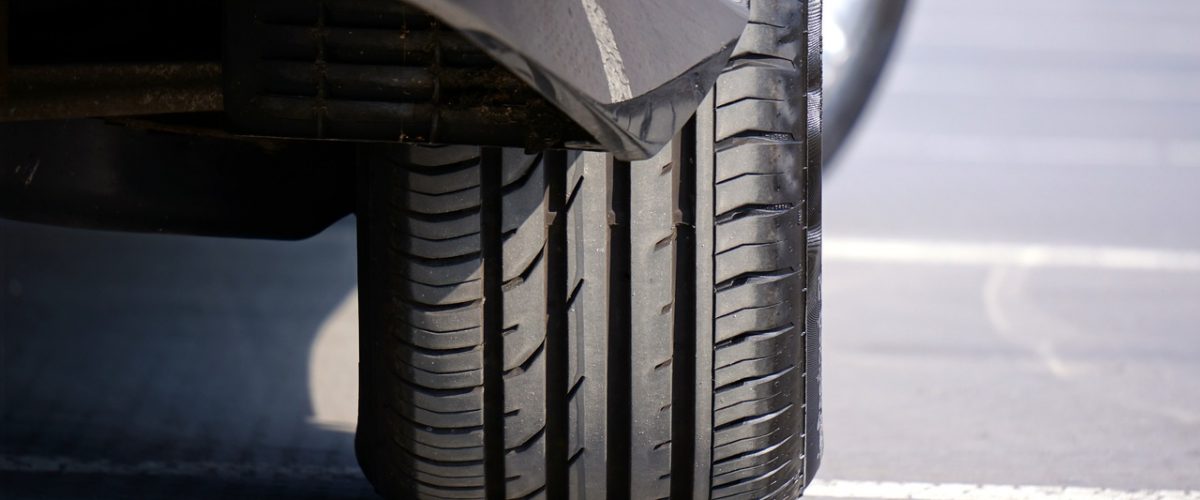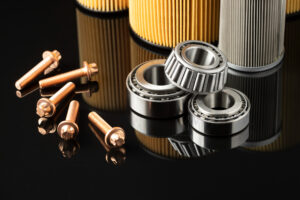The practice of filling our tyres with nitrogen is not yet as common as it could be, even though it has many safety benefits. Vuyi Mpofu explores the reasons why more motorists should switch to using nitrogen in their tyres
Nitrogen gas is environmentally friendly, non-flammable and non-corrosive . It is a pure gas and does not attack or oxidise the rubber of the tyre from the inside like air does. Nitrogen in tyres is also known to prolong tyre life and improve road handling. For these reasons, nitrogen tyre inflation is mostly preferable to air inflation
Nitrogen gas in tyres does not hold heat thereby allowing the tyres run cooler. Filling your tyres with nitrogen reduces tyre pressure variation which is normally caused by changes in tyre temperature. As the biggest molecule gas, nitrogen is slow to migrate through a tyre, causing very little loss of pressure.
There is a direct correlation between tyres filled with nitrogen gas and road safety. In South Africa, the top-three reasons for tyre related accidents are:
- Poor tyre condition
- Vehicle overloading
- Incorrect inflation
The above conditions are all within our control and require a decent measure of diligence on the part of all drivers. Correctly maintaining one’s tyres is a long term process while it’s not every day that drivers overload their vehicles. On the other hand however, filling tyres with nitrogen gas is an easy habit to get into and one which has many benefits. These include:
- Slower rate of pressure loss
- Cooler running temperature of tyres
- Improved road handling
- Reduced corrosion
1. Slower Rate of Pressure Loss
The molecular structure of nitrogen differs from that of air, in such a way that it escapes through the tyre’s inner liner or tube at a slower rate than regular compressed air. The result is a dramatically slower rate of pressure loss in a tyre filled with nitrogen. For example, it might take up to six months to lose 0.14kpa with nitrogen, compared to just one month with compressed air.
2. Cooler Running Temperature of Tyres
Tyres inflated with nitrogen run cooler than those inflated with air, resulting in an improvement in tyre life of up to 20%. By reducing the tyre’s running temperature, you increase its tread life thereby increasing its overall lifespan.
3. Improved Road Handling
As tyres heat up, their inflation pressure increases, which in turn reduces the size of the tyre’s footprint – the area that has contact with the road. Subsequently, the tyre grip is reduced as a result of the tyre’s diminished footprint. So the cooler the tyres run the better their ability to grip the road.
4. Reduced Corrosion
Unlike air there’s no moisture in pure nitrogen, thereby drastically reducing the possibility of corrosion in tyres.
In Conclusion…
Filling one’s tyres with nitrogen gas should be the norm for South African road users as it is safer than filling up with air. It is also cost effective as it leads to better maintenance of tyres.
Nitrogen gas is the ultimate tyre inflation gas and is available at reputable tyre fitment centres across the country at a nominal cost.






